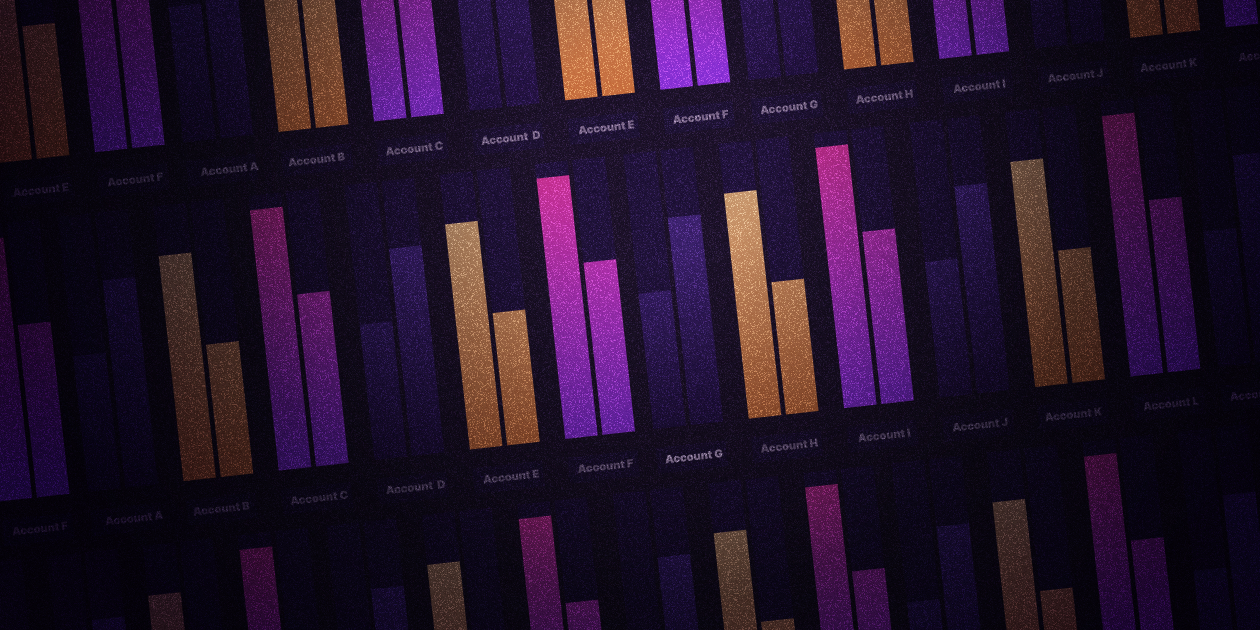
Beyond Convenience: The Psychology of Payment Choice
The way we pay for things has drastically changed over the past few decades. From the dominance of cash to the rise of credit cards, and now to the explosion of contactless payments, it seems like options are endless. But did you know your payment choices go deeper than convenience? Psychology plays a subtle yet significant role in how we choose to pay. Let's dive into the reasons people prefer certain methods in different situations.
Security – The Illusion of Control
In an uncertain world, we crave a sense of control, and our payment choices reflect that. When purchasing a high-value item, like a new laptop, many people opt for methods that feel more secure, such as credit cards. Credit cards give a sense of protection with features like fraud liability, offering that extra layer of safety compared to cash or debit cards.
On the other hand, for everyday, smaller purchases like coffee, contactless payments on phones or smartwatches are becoming the norm. They're quick, convenient, and we perceive them as less risky due to the smaller amounts involved.
Social Influences - Keeping Up Appearances
Social norms significantly affect how we pay for things, especially in specific settings. For example, imagine splitting a dinner bill with friends. If everyone else pulls out a credit card, using cash may feel out of place. We fear judgments that may arise from using a "less sophisticated" payment method.
Similarly, in high-end establishments, we might reach for that shiny credit card to project a specific image or align with perceived social expectations.
Emotional Spending - The Disconnect Factor
Have you ever noticed how it's easier to swipe that card or tap your phone compared to handing over physical cash? This is intentional. Payment methods that create a distance between us and our money make spending feel less tangible. It weakens the emotional sting.
This concept is why subscriptions and online shopping can be dangerous territory – those small recurring charges can add up. Contactless payments fuel impulsive spending, as the process becomes near frictionless.
Budgeting and Psychological Accounting
How we pay impacts our ability to budget and track spending. Studies show that people tend to spend more when using credit cards compared to cash. This is because we have what's known as "mental accounts". Paying with cash feels more 'real,' as we see it leave our hands. Credit builds 'invisible debt', which is easier to mentally minimize.
Additionally, some people intentionally separate payment methods for specific purposes. They might use cash for discretionary spending to impose a natural restriction, but keep a dedicated card for necessary bills. It's a way to mentally control different spending buckets.
Tech Adoption and Generational Impact
The rapid evolution of payment technology plays a role, particularly across generations. Millennials and Gen Z have grown up with digital wallets and contactless payments. Convenience and a seamless experience are often their top priorities.
Older generations, however, may still have a strong affinity for cash or traditional credit cards due to familiarity and concerns about security in the online space.
What It All Means
The way we pay is surprisingly complex. While convenience is always important, our brains layer on various psychological factors. Understanding these motivations can help us make more conscious choices about how we spend our money, enabling better financial awareness and control.




